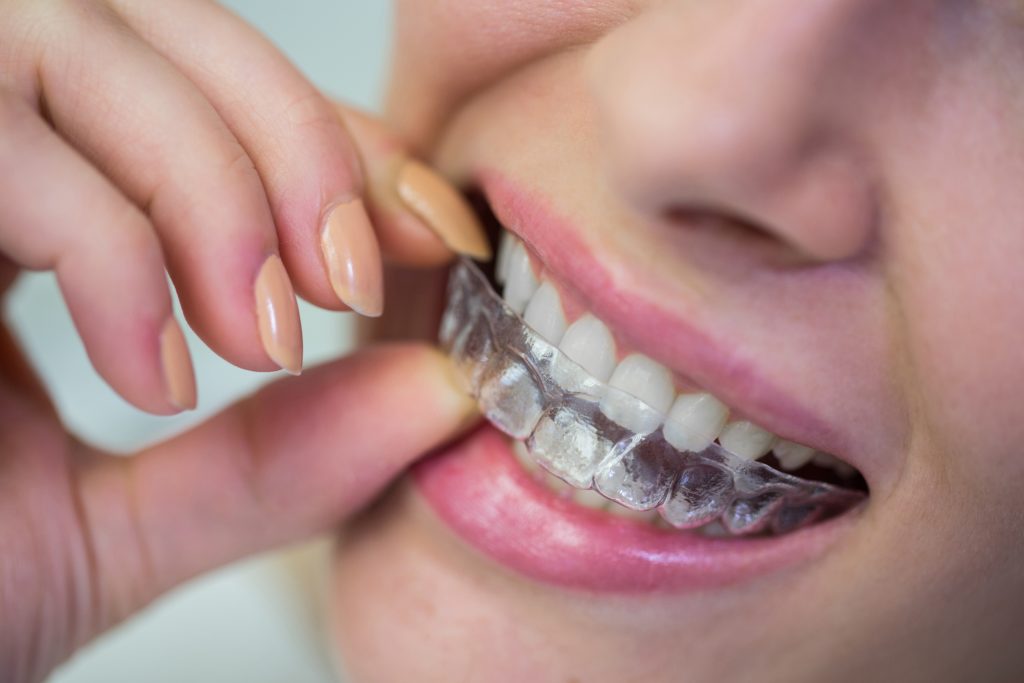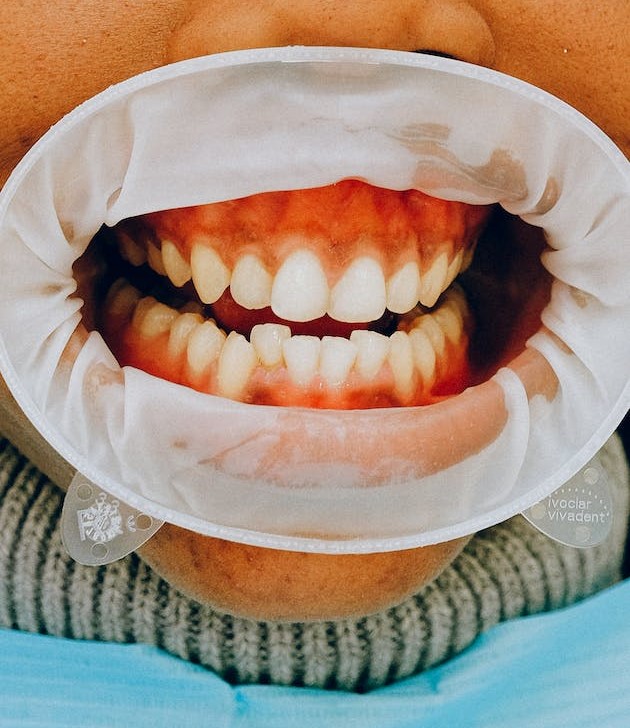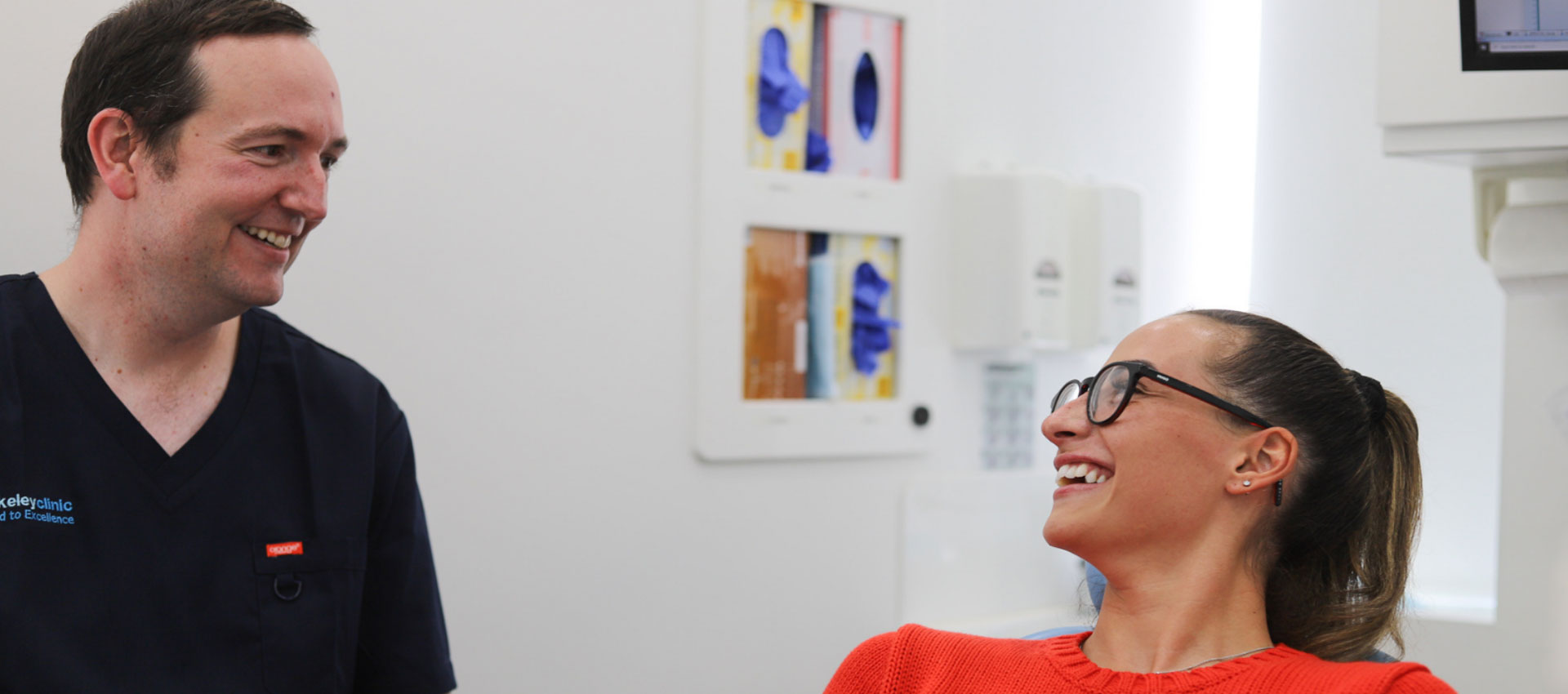A recent survey conducted by Portman Smile Clinic revealed that nearly one-third of the UK population is either contemplating or has already undergone orthodontic treatment.
Among the survey’s key findings were:
- 28% Engagement: A significant 28% of those surveyed have either undergone or are actively considering orthodontic or teeth straightening treatment.
- Gender Distinctions: Females tend to be more inclined than males to contemplate orthodontic treatment, while males are more prone to pursue it for health-related reasons.
- Age and Motivation: The primary motivation for seeking orthodontic treatment, centred on improving appearance, tends to diminish in importance among individuals aged 40 to 48. However, this motivation regains prominence within the 50 to 58 age group.
These findings underscore the growing interest and diverse motivations of the UK population when it comes to orthodontic treatment.
In recent years, the field of adult orthodontics has evolved significantly offering alternatives like Invisalign Treatment. Invisalign is now the preferred choice over traditional metal braces for many individuals due to its discreet appearance and effective results. However, it’s important to note that not everyone is an ideal candidate for Invisalign.
If you are contemplating whether Invisalign is the right choice for you or a family member, continue reading to discover the indicators that suggest you are a suitable candidate for this modern orthodontic solution.
What is Invisalign?

Invisalign stands as the foremost choice for adults seeking teeth straightening treatments in Scotland and worldwide. Its blend of effectiveness and convenience holds a strong appeal for professionals aiming to enhance their smiles while avoiding the permanence of traditional metal braces.
Invisalign treatment proves exceptional for addressing mild to moderate corrections, although for more intricate concerns, our team might suggest alternative orthodontic solutions more suited to your needs.
Assessing candidacy for Invisalign
Invisalign is a promising choice for those dealing with mild to moderate orthodontic concerns, including issues like misaligned teeth, crowded dental gaps, and minor bite irregularities. It’s particularly well-suited for individuals who have previously undergone braces but now face relapse or minor teeth shifting issues.
To yield the best results, Invisalign is an excellent choice for patients willing to diligently wear the aligners as instructed by their orthodontist, typically for at least 20 to 22 hours each day. For those who value discretion and convenience, Invisalign shines as an attractive orthodontic option compared to traditional metal braces.
Let us now go over some of the signs that you’re a suitable candidate for Invisalign:
1. Your case is manageable: Most issues involving misaligned teeth, including underbites, overbites, crossbites, open bites, gaps, and crowding, can often be addressed with Invisalign. However, the suitability of Invisalign for your specific case will be determined by your dentist or orthodontist. In more intricate situations, you might require additional dental procedures, and traditional braces may be the recommended choice.
2. You’re ready to commit: Invisalign relies on your dedication to wearing the trays consistently. While Invisalign trays are removable, they must be worn for a specific number of hours daily, sometimes even all day, with exceptions for meal times. If you’re not committed to this regimen or are prone to misplacing items, Invisalign might not be the right choice for you.
3. You have all your adult teeth: In most cases, orthodontists prefer working on cosmetic teeth straightening only after all adult teeth have come in. This is because predicting the growth of children’s adult teeth can be challenging. To start Invisalign, having all adult teeth is a requirement. In cases where a few baby teeth remain, additional orthodontic work may be necessary before commencing the Invisalign process.
4. You have good oral hygiene: Excellent oral hygiene is imperative when using Invisalign trays. Your mouth should be in good health, and you must maintain your trays to prevent infections or other issues. Regular cleaning and maintenance are essential. Moreover, you should ensure that your mouth is free of diseases or other problems and maintain consistent brushing routines before considering Invisalign.
5. You’re not a smoker: Using Invisalign means you can’t smoke or use tobacco while the trays are in place for most of the day. Smoking can not only compromise the trays but also make them unclean. Frequent smoking and tray removal can reduce the effectiveness of Invisalign because you won’t be wearing them for the recommended duration. It’s a good opportunity to quit smoking for the sake of your oral and overall health.
6. You’re age appropriate: While there’s no upper age limit for Invisalign, it’s essential to be old enough to manage it effectively. Most orthodontists are cautious about providing Invisalign to young teens or children, even if they have all their adult teeth. This caution arises from the removable nature of Invisalign trays, which requires additional responsibility that younger individuals might not be ready for compared to traditional braces, which are not removable.
This is partially because the Invisalign trays are removable and must be looked after. This gives the wearer an added responsibility that they may not have with traditional braces that cannot be removed.
Common dental issues that Invisalign can address

1. Overcrowded teeth
Overcrowded teeth occur when there’s insufficient space in the jaw to accommodate all teeth properly. This can result in overlapping, crooked teeth, and challenges in maintaining oral hygiene. Invisalign offers a solution by using a series of clear, removable aligners.
These aligners work gradually to shift and align the teeth into their correct positions. By gently guiding the teeth, the clear aligners create space, effectively addressing overcrowding and leading to a straighter, more harmonious smile.
2. Teeth that don’t align naturally
When upper and lower teeth don’t naturally align, it can lead to bite problems, jaw discomfort, and an increased risk of dental issues. Invisalign is designed to correct a range of bite problems, including overbites, underbites, crossbites, and open bites.
Customised aligners apply gentle pressure to specific areas, gradually realigning the teeth and improving the bite. This proper bite alignment promotes better oral function and overall dental health.
3. Jaw discomfort due to misaligned teeth
Crooked or crowded teeth can exert pressure on the jaw, resulting in discomfort and jaw pain. Invisalign aims to alleviate jaw pain by aligning the teeth into their correct positions, relieving the strain on the jaw joint (TMJ).
By creating a more balanced and aligned bite, these invisible aligners reduce jaw pain caused by the pressure of misaligned or crowded teeth, leading to improved comfort and overall well-being.
4. Gum issues arising from misaligned teeth
Misaligned teeth can contribute to gum problems such as gum recession, inflammation, gum disease, and difficulties in maintaining proper oral hygiene. Invisalign addresses these concerns by gradually moving the teeth into their optimal positions, which helps enhance gum health.
Straighter teeth are easier to clean, reducing the risk of plaque buildup, gum inflammation, and related gum issues. With these discreet clear aligners, you can achieve a straighter smile while simultaneously improving your gum health.
In Glasgow, Invisalign emerges as the ideal option for patients dealing with:
- Mild gapping
- Dental drift
- Misalignment
- Crookedness
- Overlapping
What to expect during the Invisalign treatment process
If you’re contemplating Invisalign, it’s important to comprehend the treatment process before diving into the procedure.
Here are the things to expect during the process:
1. Consultation and assessment
Your Invisalign adventure begins with a visit to an experienced Invisalign provider for an initial consultation and assessment. Here, your dentist or orthodontist carefully evaluates your teeth to determine if Invisalign is the right fit for you. They discuss your treatment objectives and address any queries you may have.
2. Tailored treatment plan
Opting for Invisalign leads to the creation of a personalized treatment plan. This entails employing advanced 3D digital imaging to capture precise impressions of your teeth. These impressions serve as the foundation for crafting a series of custom-made aligners, each designed to gradually shift your teeth to their desired positions.
3. Wearing your aligners
As soon as your aligners are ready, you embark on your journey by wearing them as directed by your provider. Invisalign aligners should grace your smile for 20-22 hours each day, with brief removals for eating, drinking, brushing, and flossing. Every few weeks, you transition to a fresh set of aligners, each subtly different from the last, making incremental adjustments to gently nudge your teeth.
4. Progress monitoring
Throughout your Invisalign treatment, you’ll schedule regular check-up appointments with your provider to track your progress. These check-ins are pivotal in ensuring that your treatment stays on course and making any required tweaks. Your provider also ensures that your aligners fit snugly and answers any questions that arise.
5. Completion of treatment
Once you’ve journeyed through your series of aligners, your teeth should have reached their desired positions.
However, your treatment journey isn’t quite over. Your dentist will recommend the use of retainers to help your teeth maintain their newfound alignment. Typically, retainers are worn at night and play a vital role in preventing any regression, preserving your beautiful smile.
Comparing Invisalign to traditional metal braces
In the world of orthodontics, Invisalign and traditional braces emerge as popular choices for teeth straightening. Yet, these options exhibit notable distinctions.
- Invisalign: This approach employs custom-made clear aligners, delicately designed to conform to your teeth and gently guide them into their desired positions. These aligners are nearly invisible and conveniently removable for eating and oral care.
- Traditional Braces: In contrast, traditional braces involve metal brackets and wires bonded to the teeth. They are not designed for removal and necessitate regular adjustments carried out by an orthodontist.
While Invisalign offers a more discreet and flexible alternative, traditional braces might be more effective when dealing with more severe orthodontic cases.
Ultimately, the decision between Invisalign and traditional braces hinges on an individual’s specific dental requirements and personal preferences. Fear not, as we will guide on toward the best orthodontic option for you, carefully considering your goals, budget and unique dental circumstance
Potential challenges and considerations with Invisalign
Whilst Invisalign boasts a long list of benefits, it’s not without its challenges. You should be aware of the following:
- Consistent Wear: Invisalign’s success depends on consistent and responsible wear, making adherence to the treatment plan crucial for optimal results.
- Adjustment Period: Some individuals may encounter temporary discomfort or speech adjustments while acclimating to wearing the aligners.
- Oral Hygiene: Maintaining good oral hygiene is paramount to avoid cavities or gum disease during Invisalign treatment.
- Complex Cases: Invisalign may not be suitable for severe or complex orthodontic issues that necessitate the application of traditional braces. The decision should align with the nature of the dental concerns at hand.
In conclusion, Invisalign stands as a superb option for enhancing teeth alignment and one’s overall appearance, yet it may not be the optimal choice for everyone.
Hopefully, this blog has equipped you with enough knowledge to determine your suitability for Invisalign. However, if you are still not sure whether Invisalign is right for you, do not worry, the dental experts here at The Berkeley Clinic can help!
If you have any questions about Invisalign, please get in touch with us today for expert guidance. We’re here to support you through your treatment journey and assist you in making well-informed choices about your smile.
If you’re in search of a leading orthodontist in Glasgow, we’re eager to meet you! Book an appointment for yourself or your child today at The Berkeley Clinic.
Tags: Cosmetic dentistry

